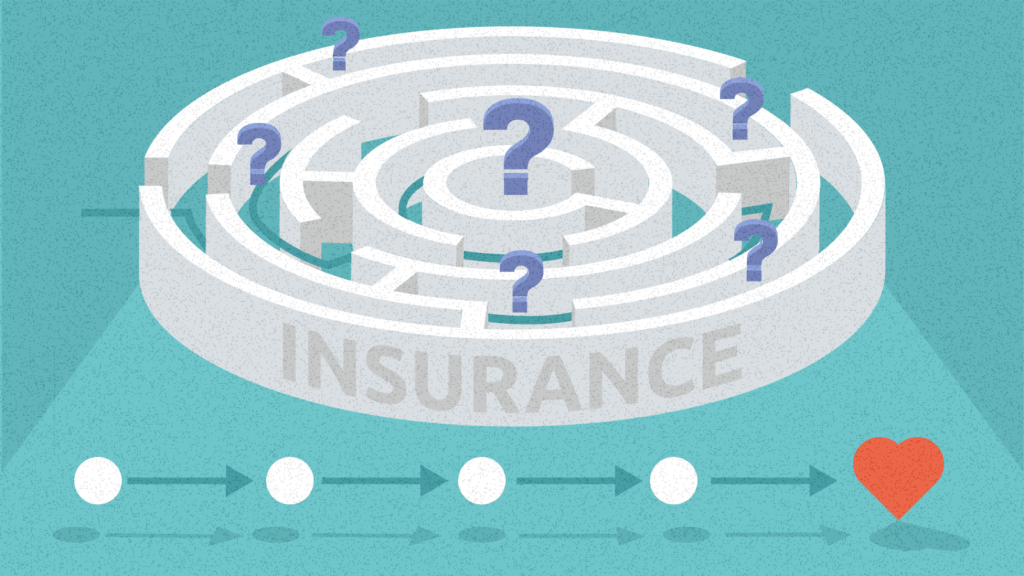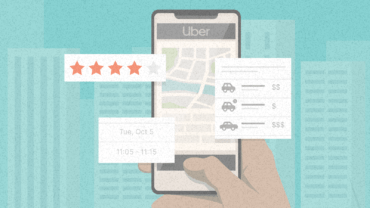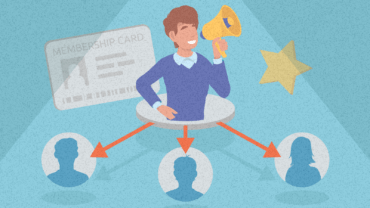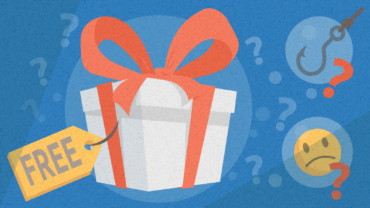Case Study: Tinder’s Online Sales Funnel and 3 Things Insurance Companies Can Learn from It

In this case study, you’ll discover:
- How Tinder makes the registration process look seamless and what insurance companies can learn from this;
- How to remove all the clients’ uncertainties even before they actually occur; and
- How to present offers so that it’s a breeze for customers to choose (and not just choose the cheapest option).
Unlock to continue reading.
Unlock this case study – 9,90€, or
all 60+ case studies – 149€
Or get lifetime access to all of InsideBE for 790€ here.


